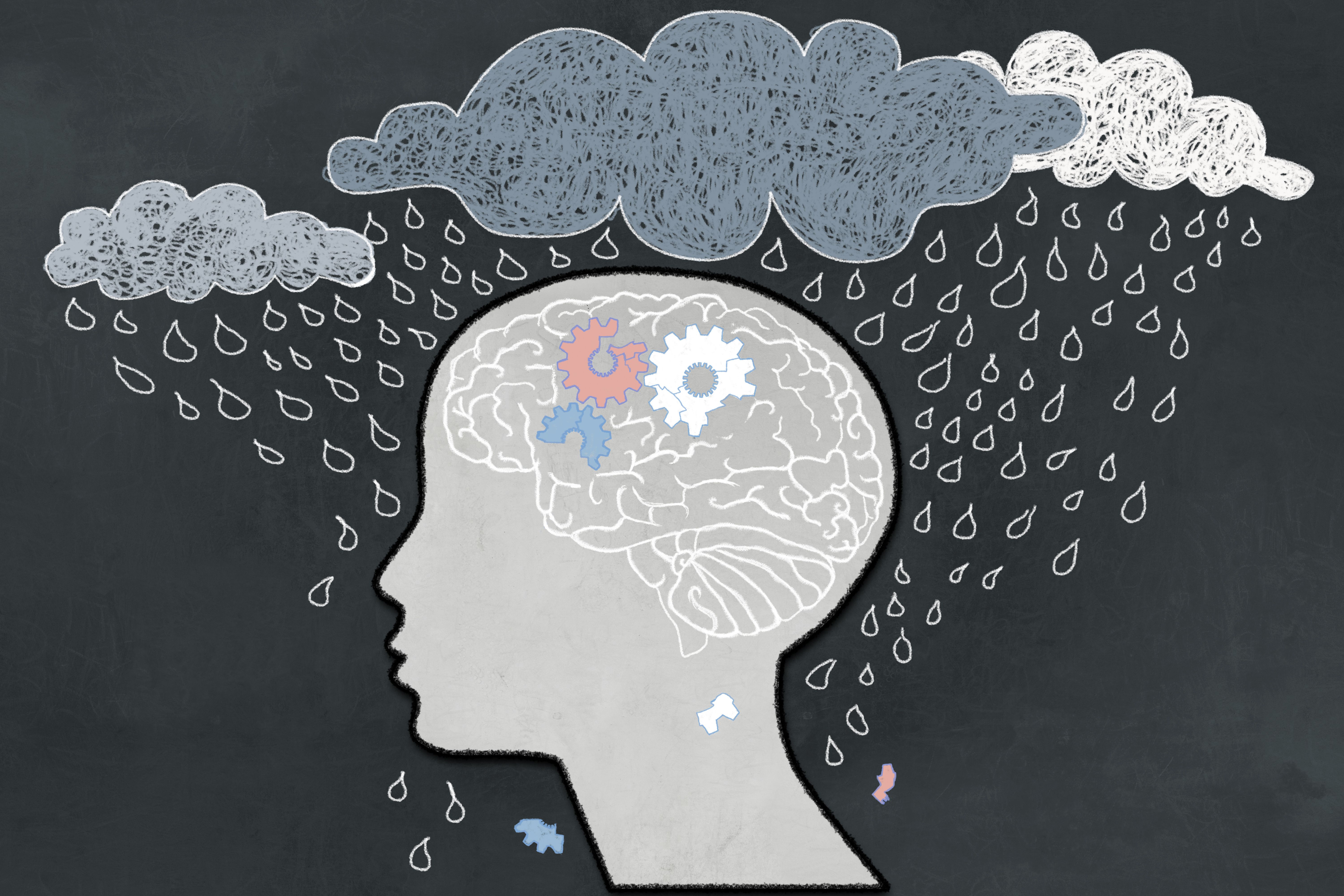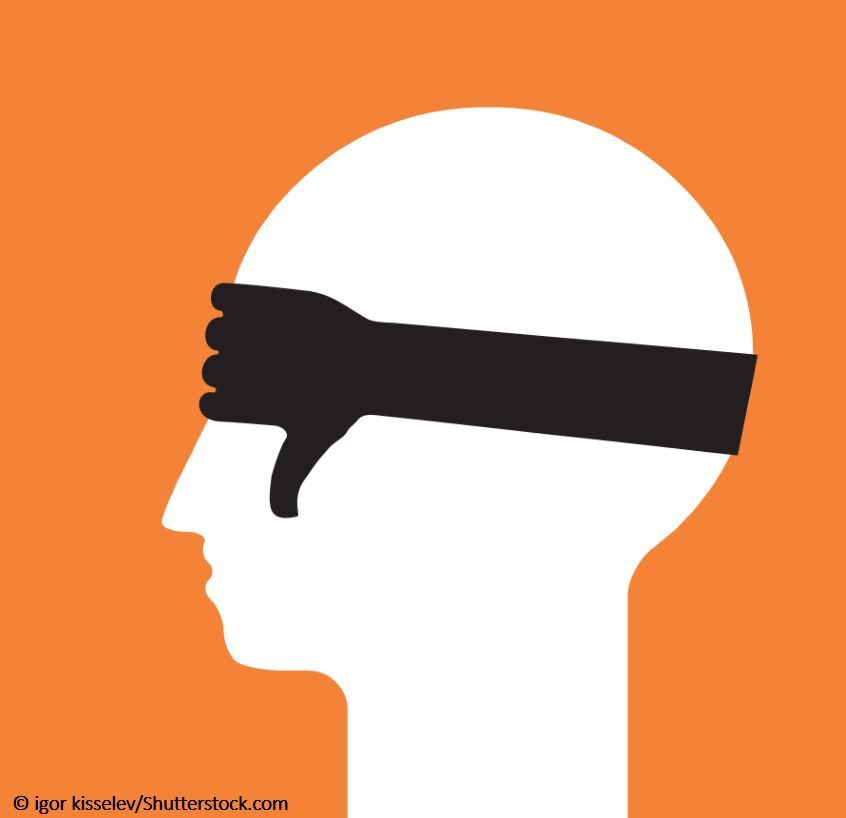Article
How Many Psychiatrists Does it Take to Change a DSM - - or Rowing Backwards Into the Future . . . The DSM Process
Author(s):
It used to be that the answer to the above question was: “One . . . but he or she must really want to change.” Now that we are in the DSM process, many other things must be considered. We have watched as the Board assembled the Task Force and Work Groups for almost 2 years, choosing among expertise, years in the field, academic appointments, geographic distribution and freedom from excessive attachments to pharmaceutical and medical device manufacturers, etc, to complete what appears to be a very scientific, secret recipe for “DSM stew.”
We were encouraged to participate in the DSM revision process, and I excitedly contributed my suggestions to correct the flaws which I believed had been introduced by the symptom-based criteria-sets and decision-tree-thinking of DSM III and IV. (See Psych News, Viewpoints: “DSM-V Needs Mid-Course Correction” Dec.5,2008). I learned that many others also had suggested changes, but we all seemed to get similar, almost form-letter generic responses, thanking us and assuring us that the Work Groups would review our submissions in the light of existing studies and scientific research, including reviews of the world literature that had already been assembled.
I was surprised that there was scientifically compiled research already in existence. I learned that even at the time that DSM-IV was published, that there was a list of “perceived limitations” and known defects in the DSM already approved for distribution. There were proposed solutions for these problems, and a series of meetings and conferences devoted to resolving these issues were held between 1999 and 2003, resulting in monographs and ‘white papers’ which serve as the research studies to be used in the DSM process.
I also learned that there are a bunch of pre-conditions for DSM revision, which include among others, that the new version must not be a radical departure, and must be consistent and compatible with the existing DSM, thus guaranteeing continuity and preventing disruptions in the diagnosis and treatment of existing patients, assuring continuity in education and training for residents in psychiatry and existing practitioners, and in managed care and insurance coverage, and Treatment Guidelines and in psychiatric record-keeping, as well as research, unless we start labeling our diagnoses with vintage-like DSM numbers, like we label wines.
It is clear from the above pre-condition of continuity that there will be no significant departure from the established DSM path, and we can scratch the answer to our query, ie, “One psychiatrist” no matter how much he or she really wants to change the DSM.
However, although they may consider introducing criteria to add dimensionality to designate severity, or the course of an illness, or degrees of impairment of symptoms, etc, for field-testing in accordance with the already existing studies on DSM defects, there will be no move in the direction of incorporating a brain-based, neurophysiologic paradigm, although there is a growing consensus which indicates that is the way to the future of psychiatric diagnosis. We are still impeded by our attachment to the scientific studies of the past. We appear to be rowing into the science of the future backwards, while anchored to the science of the past.





